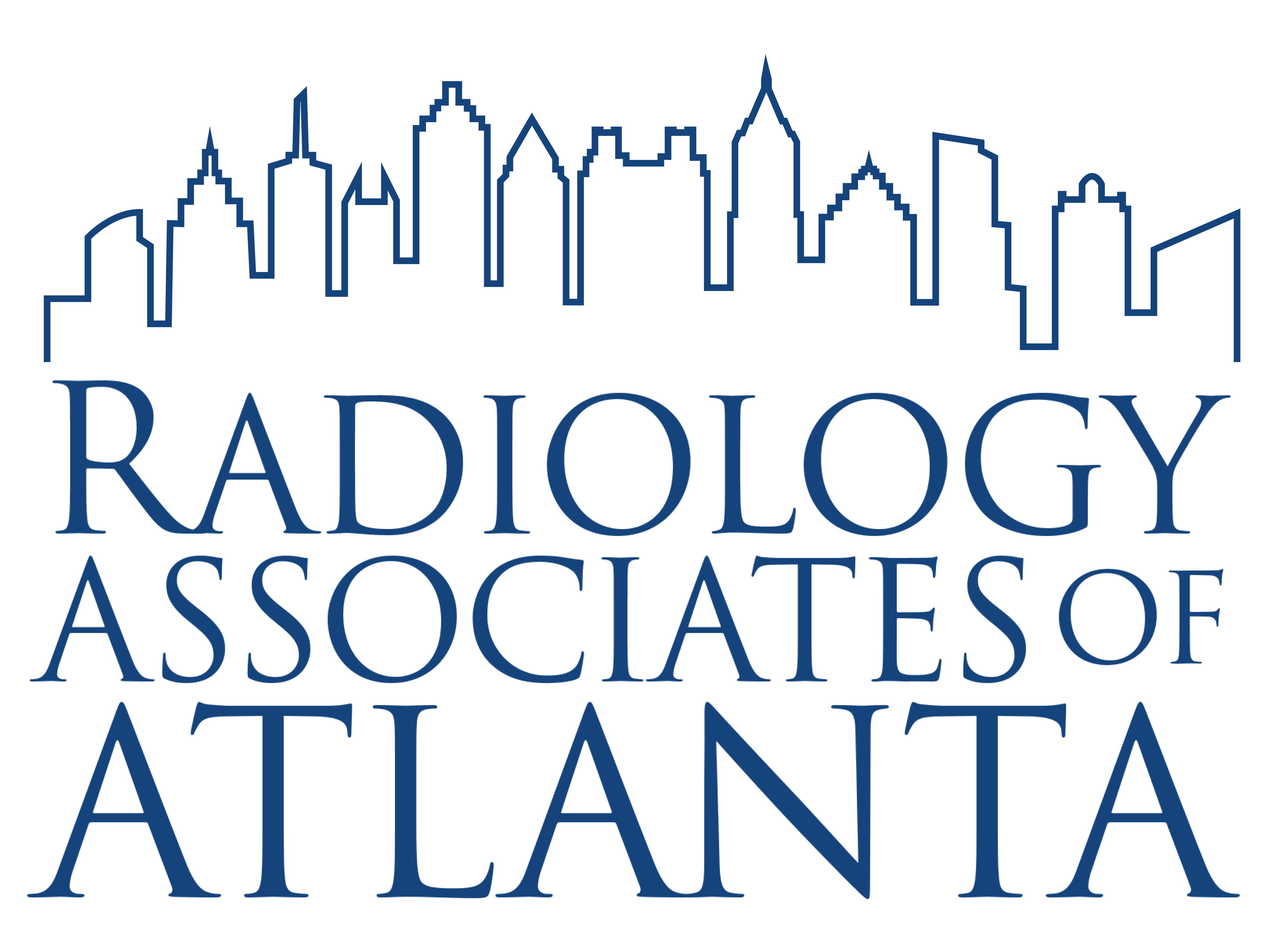Q: How long will it take?
A: Plan to spend the entire day with us. You will register in Admissions about two hours prior to the procedure; receive IV fluids and pre-medications for about 90 minutes prior to the procedure; the procedure takes 30-90 minutes; and there is a 4-hour recovery/observation period before going home, once you meet our discharge criteria.
Q: Will it hurt?
A: The procedure itself is almost painless, with very mild discomfort from local anesthetic. However, about one hour after the procedure, most women experience crampy menstrual-like pain at a level of 8 on a scale of 0-10, 10 being the highest. You will receive plenty of pain medication to get you past this initial pain. You will be discharged when your pain is tolerable with oral medications, and almost every woman goes home the same day. The cramping subsides gradually, and most women are back to normal or near-normal five days after the procedure.
Q: Is it safe?
A: Yes. The risk of complications that would require prolonged hospitalization or surgery is less than 1 in a hundred (<1%).
Q: How much radiation is involved?
A: 20-30 milliSieverts, equivalent to two CT scans or 5-10 years of background radiation.
Q: Will I be put to sleep?
A: You will receive twilight sedation intravenously and will likely not remember everything about the experience.
Q: Should I take my daily medications?
A: Yes, with a sip of water only. If an insulin-dependent diabetic, take half of your normal morning insulin dose. Unless otherwise directed, you should stop taking anticoagulants like Coumadin, aspirin, Aggrenox, or Plavix five days prior to your procedure.
Q: When/How will I receive the results?
A: Your interventional radiologist or a physician’s assistant will let a designated family member or friend in attendance know how the procedure went. You will likely not remember conversations due to the lingering effects of the sedative given during the procedure.
Q: Will I receive medication to go home with?
A: Yes. Typically, an anti-inflammatant to take for 5 days; a narcotic pain reliever if needed; and an anti-nausea suppository if needed. You may receive your prescriptions at the time of your initial office consultation with the interventional radiologist or the day of your procedure.
Q: What should I watch for when I go home?
A:
• Crampy pain , for which you take the anti-inflammatant every 8 hours for 5 days and add the narcotic pain reliever if necessary BEFORE it gets severe.
• Nausea, for which you can use the prescribed suppository. Constipation, so drink at least 64 ounces of water or non-caffeinated beverage for the first few days. Those prone to constipation may wish to start an over-the-counter stool softener like Colace the week prior to the procedure and continue for a week following the procedure.
• Spotting, for which you can wear a panty liner; this may occur for weeks following the procedure.
• Groin swelling, redness, or drainage: Call our office within 24 hours, and let us know why you are calling. We may wish to see you, get an ultrasound of your groin, or start antibiotics. Most often, we reassure you, watch it, and it resolves on its own in about 7-10 days.
*PLEASE NOTE: If you recover and are pain-free after a few days or even weeks or months but have return of pelvic pain, pressure, a foul-smelling discharge, irregular bleeding, or fever, call our office within 24 hours and make an appointment to be seen. Let us know why you are calling so that we can care for you appropriately. Leave the phone number of a convenient pharmacy with us when you call. These may be signs that one of your fibroids is trying to pass. We may ask you to get an MRI prior to the appointment with us.
Q: Who do I call if I feel that there is a problem from the procedure?
A: Call our office at 404-352-1409. One of our staff will call you within 24 hours. Leave your name, phone number, date of birth, and a pharmacy number on the message when you call us. You will be automatically transferred to our answering service after the office closes in the evening and on weekends.
Q: How soon will I see results?
A: You may notice a reduction in bulk symptoms within 6-12
weeks. Heavy menstrual bleeding will likely gradually decrease
over 1-6 months.
Q: Is there anything that I should avoid during my recovery?
A:
• You may shower the day after the procedure, but do not take a bath or swim with the groin site submerged underwater for at least two weeks to ensure that the site has healed completely.
• You should not have intercourse for 2 weeks after the procedure to avoid infection.
• Re-start your exercise program gradually over a week and slow down if your body is not ready yet.
• Do not use a tampon for one month after the procedure. Use a liner or pad instead to avoid infection.
Q: Will I have a follow-up appointment?
A: We will follow up with you about three months after your procedure, either by phone or in our office-your choice.
Q: Is it covered by insurance?
A: Yes.
